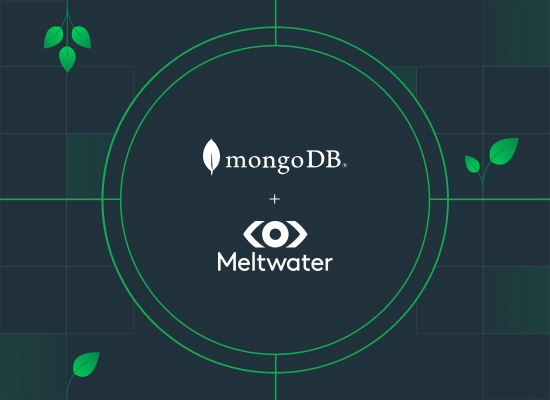Data-driven product innovation at Meltwater using MongoDB Atlas and Charts


“The ability to dump the data in Atlas and have a full visualization library directly connected to the database without having to do anything was the reason we chose MongoDB Charts, and subsequently Atlas.”
Douglas Leary
Principal Software Engineer at Meltwater
Principal Software Engineer at Meltwater

“The main reason Charts has been great for us is [showing] who looks at the data. Our product teams have the metrics right there when they need to adjust or to make decisions on the fly for all the features that we are constantly delivering.”
Carlos Fernandez
Director of Engineering-App Framework at Meltwater
Director of Engineering-App Framework at Meltwater

“As our product matured and the market matured we undertook initiatives to become a DevOps company and move things into the cloud—MongoDB Atlas helped us make that transition.”
Joan Freed
Senior Director of Engineering, Social at Meltwater
Senior Director of Engineering, Social at Meltwater
Take the next step
Get access to all the tools and resources you need to start building something great when you register today.
.svg)